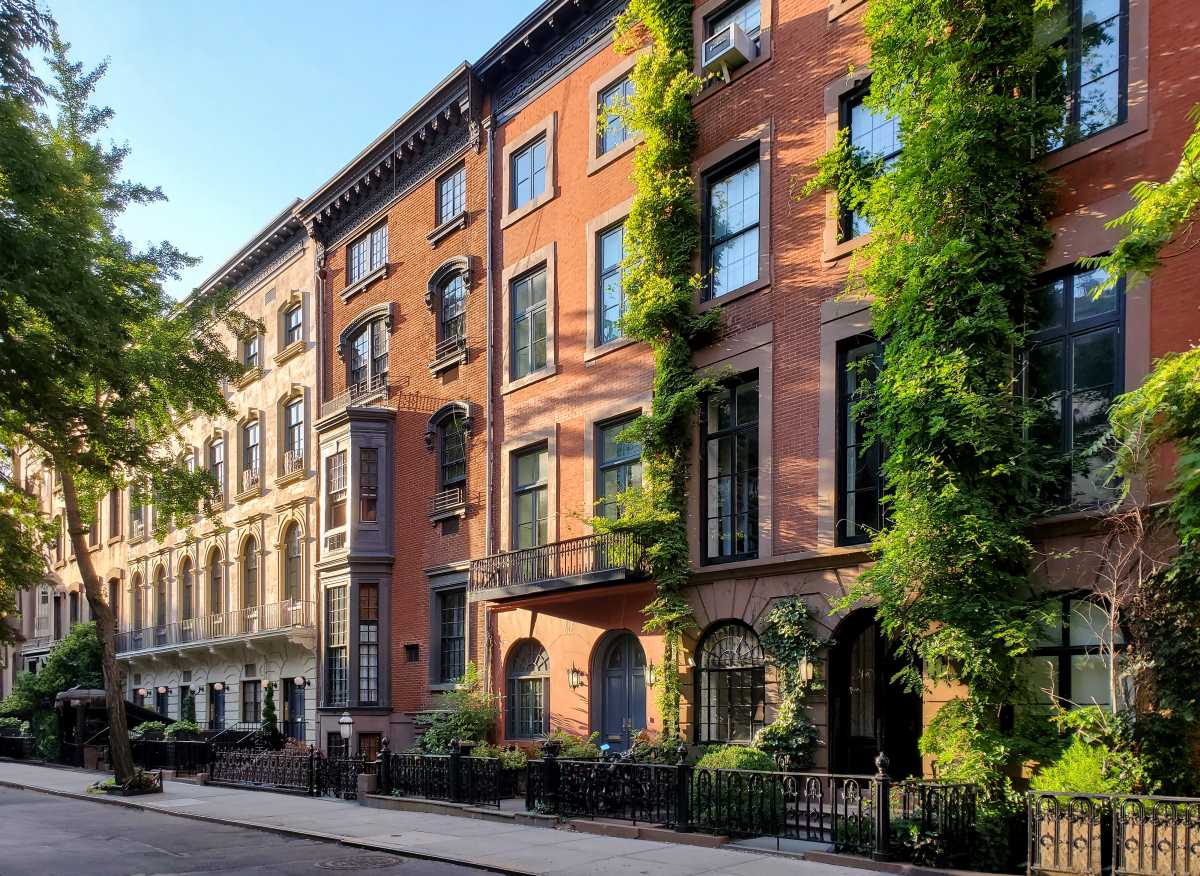By David Stanke
J.P. Morgan Chase is reportedly interested in locating its headquarters Downtown. On the surface, this is good news. Unfortunately, Morgan’s objective is to pick up prime World Trade Center property on the cheap. They want to take 5 W.T.C off the hands of the Port Authority. To build there, J.P. Morgan would obscure a park that will be built on the south end of the site and introduce new security risks. For the Port Authority to do a direct deal with Morgan, they would be throwing away public money by selling the property at a discount. Downtown could use a financial firm like J.P. Morgan, but not this way and not at this site.
The main complication is that leading international financial firms need trading floors as large as physically possible. W.T.C. developer Larry Silverstein has already accounted for this in the design for Towers 2 and 3, with floor plates around 55,000 sq. ft. Site 5, negotiated away from Silverstein by the Port Authority, has a 32,000-square-foot floor plate, the smallest development plot. How would Morgan build a large enough trading floor?
As the Wall Street Journal reported, J.P. Morgan would have cantilevered floors extending over a newly opened Cedar St., over Liberty Park, home to the Greek Orthodox Church, and the W.T.C.’s bus and truck security center. To achieve the size of Towers 2 and 3, the extension would be a nearly 70 percent increase in the floor area of Tower 5.
Liberty Park, overshadowed by Morgan’s trading floors, would become an uninviting, desolate place. It would receive almost no direct sunlight. The park south of Liberty St. is the only unrestricted public space in the new plan. (The memorial is the other major open space in the plan). This park is already encumbered with W.T.C. vehicle entrances and the reintroduction of Cedar St. If J.P. Morgan has its way with 5 W.T.C., the space will lose its utility as a park.
Five W.T.C. itself is an important retail location, connecting the World Trade Center to neighborhoods to the south. The cantilevered additions would conflict with the goals of the site plan to keep the area open and well lit. The building would become a corporate monolith and a detriment to local street life.
The cantilevered floors would also add security risks. Security is a concern for every aspect of the W.T.C. Cortlandt and Dey Sts. will probably not allow vehicles. The Freedom Tower was redesigned to move it further from vehicular traffic. The two vehicular streets, Fulton and Greenwich, have their own security concerns. Cedar St., in front of 5 W.T.C., has to accept vehicles to enable W.T.C. traffic flows. To permit vehicles to drive under the headquarters of an international financial firm at the W.T.C. site is simply irresponsible.
So what is behind J.P. Morgan’s interest in 5 W.T.C.? Morgan knows that Silverstein has already realized the value of his commercial property at 7 W.T.C. But Silverstein does need a couple of major tenants to anchor Towers 2 and 3. Morgan may be using the Port to bypass Silverstein or perhaps as a negotiating tactic. The Port appears to be taking the bait.
The Port has its own problems. It is already facing financial difficulties. The cost for the Freedom Tower and W.T.C. transit hub are rising. Morgan is working with a desperate seller.
Morgan is the second bank to take this strategy. Goldman Sachs successfully pulled a similar deal, getting public funding and government support to locate its headquarters in Battery Park City. In the aftermath of 9/11, Downtown Manhattan became a speculative real estate investment. Those who took investment risks are looking quite successful now. Goldman acted on the uncertainty of the times and got a great deal. They grabbed $1.6 billion of the $8 billion of tax-free Liberty Bonds. In the financial industry, the fastest mover is generally rewarded. In Downtown real estate, Morgan is a “me too” player.
Since the Goldman deal, real estate uncertainty has disappeared. There are no buildings in development that can meet J.P. Morgan’s needs. There are very few available plots that meet their physical requirements. Show me another large, available block within one block of Grand Central, Penn Station or Times Square. No other location in the city has the transportation connections and the bright future of the W.T.C., certainly nothing in Manhattan. The value of W.T.C. office space increases every day as work progresses and the vision becomes more secure.
If the Port needs to spin off 5 W.T.C., then at least they owe the public the effort to maximize their returns. Let the highest bidder take the property, with the condition that no changes are made to the existing W.T.C. master plan. If Morgan wins this process, fine. Otherwise, they can talk to Silverstein or see how many of their highly paid professionals want to work in New Jersey.
David Stanke lives and writes in Downtown Manhattan. His e-mail is davestanke@ebond.com.































